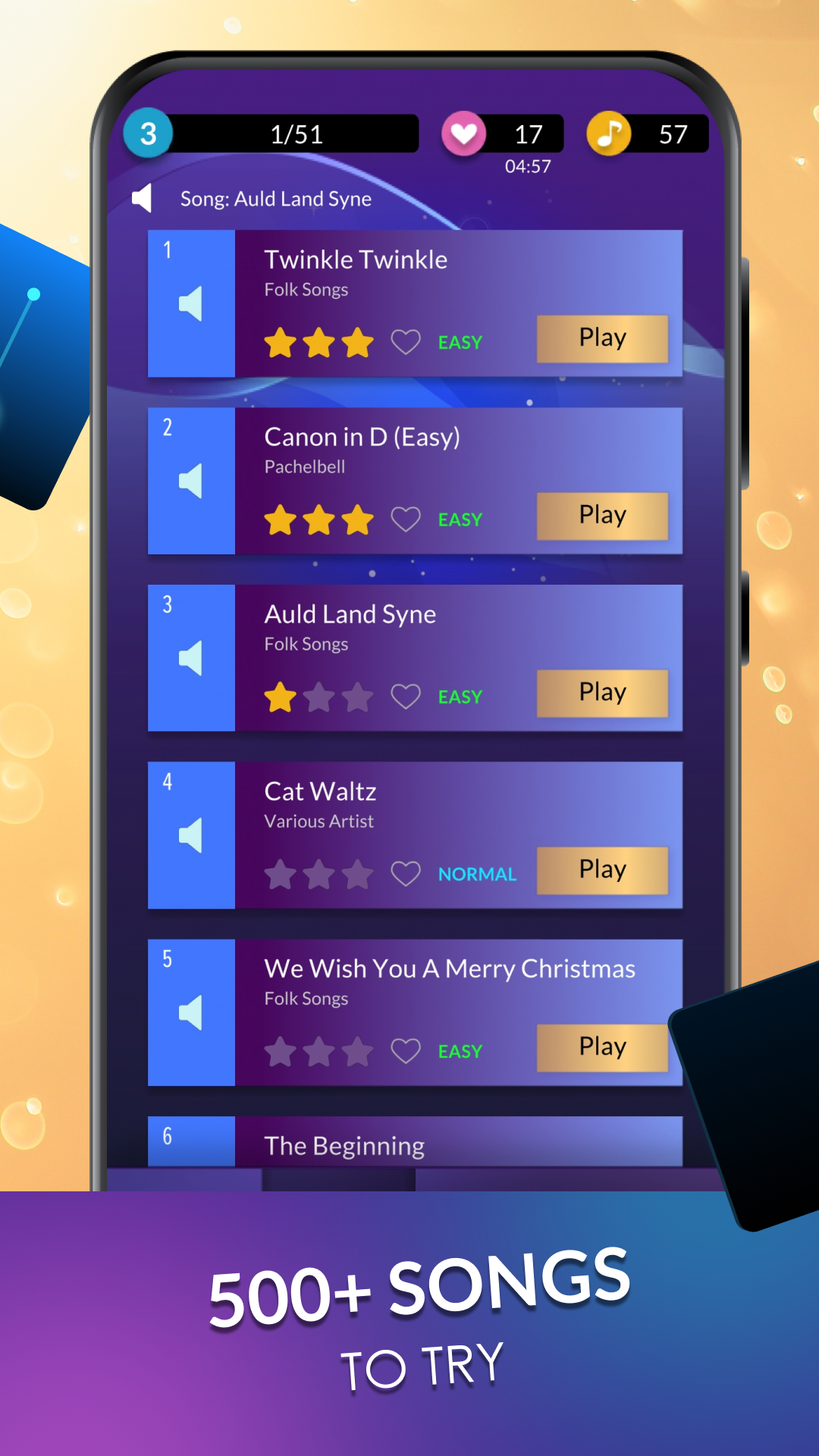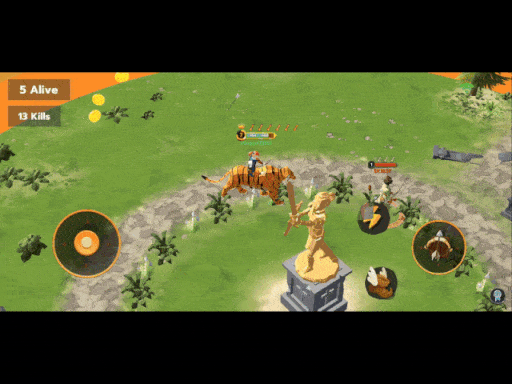




Game Designer | Producer
What I Did
- Designed numerous large-scale features, such as streaming and video playback, which significantly grew social interaction and LiveOps event participation
- Collaborated with a remote engineering team to develop a proprietary editor to convert 600+ midi and MP3 files to the Koreo format
- Performed multiple competitor teardowns to increase both market and studio knowledge around the rhythm genre
- Managed tasks and data with ClickUp and Excel
Brief
Piano Dream is a rhythm game on Android and iOS. The gameplay is themed in piano keys, and the players need to tap on the tiles when they come down. The player unlocks songs by playing the game, watching reward videos, or subscribing.
Role
I was the designer and producer of the project. I focused on improving the early game experience, subscription conversion, and social features. Meanwhile, I handled tickets, communicated with developers, and solved problems based on data and player feedback.
Early Game Experience
The early game experience includes a short game description, the tutorial song level, and the first few songs in the list.
The new players would see a few pages of game descriptions and a page of subscription descriptions before they enter the first game. During this process, they needed to scroll through the pages manually and press the close button at the end before they could play the game. This increased the wait time before the first game and required the players to learn the controls on the pages, which they won't use again later. Since the description wasn't essential to play the game, my approach was to shorten the information and transfer them to a short animation that didn't require controls. The animation would then transfer to the subscription page.
From the data, we learned that the players mainly played the first few songs. We believed it was because it was the easiest song to access on the screen. Based on this theory, we tested which songs to put at the beginning of the song list and their order in the list. We also designed different song levels for the songs to test how the players liked them to funnel more players to the later game.
Subscription
The player could subscribe to the game and get subscribers benefits, such as unlocking all songs, free revive, and removing advertisements. The team decided to increase the value of the subscription to improve subscription conversion.
For this task, I researched competitors and music streaming platforms and studied what services they provided. I analyzed the comparison and prioritized the impact and difficulty of the features. After the implementations, I checked the data to see if the players used the features and how to promote them to the players.
For example, subscribers could equip subscriber-only tile skin. I looked at the usage of those skins to see if they were popular. If not, look into the funnel of the exposure of the skin feature.
Social Features
The team decided to add more social features to Piano Dream to build the community and make the game more viral. Then, we decided to add a streaming feature that allowed the player to stream their gameplay while playing and save the footage to the server as recordings for other players to view.
During the design process, I researched and analyzed what content the streamers and viewers were interested in by checking competitors and popular streaming platforms. I organized the ideas and applied them to the streaming features. I also put time into designing the UI of the streaming screens, such as the sorting order of the streaming list, prioritizing UI elements, and screen-to-screen interactions.
Also, we needed to build a server. I documented and communicated with the server team about the design of the features. Even though we decided only to build the basic functions first to experiment, we kept the future features in mind while we developed the networking structure. I also helped to prioritize the features and build the roadmap for the streaming feature.








